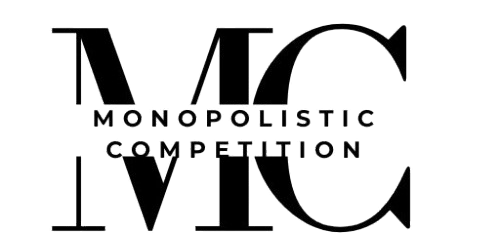The private equity market may see its first significant slowdown in fundraising activity in five years, according to the annual 2025 US Private Equity Outlook report published by PitchBook Data Inc. early Tuesday.
The rather glum outlook is forecast due to contributing factors, including longer fundraising timelines, declining dry powder reserves and fewer megafunds expected to close in 2025. The headwinds are also arriving as private equity managers face growing pressure to exit older portfolios amid a looming maturity wall.
The report delves into various aspects of the PE market going into 2025, with an overall theme of a slowing market. Starting with fundraising, the median time to close a PE fund is currently sitting at 16.7 months, its highest reading since 2010. “This elongated fundraising timeline results in fewer funds closing in any given year and, consequently, less capital raised,” the report notes.
Another trend noted in the report is the decline in PE dry powder, unallocated capital that private equity or venture capital firms have raised from investors but has not yet been deployed into deals. Dry powder swelled to more than $1 trillion in 2022 as fundraising outpaced deployment activity and while the trend has reversed as PE deal activity has risen, fundraising since has not been enough to replace what has been spent down. “As the dealmaking environment further improves, we expect to see dry powder decline more in 2025 on an absolute basis,” the report notes.
The signs heading into 2025 are not all negative as private debt continues to demonstrate strength, with the top ten managers expecting to capture 33% of cumulative capital raised in 2025, a decade high. The growth has been fueled by consolidation in the industry, driven by mergers and acquisitions such as BlackRock’s acquisition of HPS Investment Partners earlier this month.
PE-backed initial public offerings are forecast to capture 40% of all U.S. IPO capital raised in 2025, a significant increase from the historical average. The shift reflects investor preference for the stability and profitability of PE-backed companies, which often have proven business models and predictable returns compared to many of their purely VC-backed counterparts.
The strong recent performance of PE-backed IPOs, with median gains of 20.7% for investors in 2024, further underscores the appeal in volatile markets.
The market may also see a rise in IPOs in 2025 as the private equity industry faces growing pressure from a mounting “maturity wall,” with more than 50% of active funds now six years old or older and many approaching their end-of-life deadlines.
With limited time to exit portfolio companies and liquidate assets, the PitchBook report suggests that general partners will need to expedite dispositions or seek fund extensions through next year. The challenge is exacerbated by a surge of funds raised during the 2018-2021 boom entering their harvesting stages, creating heightened liquidity pressures that will test the industry’s ability to manage aging portfolios effectively.
Megafunds — private equity funds raising $5 billion or more — have been a critical driver of overall fundraising. But they’re also starting to slow, with only 12 megafunds currently raising capital, compared with 16 at the same time last year. Though the funds remain essential for large-scale deals, elongated closing timelines and slower capital commitments indicate that megafunds may not achieve final closings in 2025, signaling a broader fundraising slowdown in the industry.
Image: SiliconANGLE/Ideogram
Your vote of support is important to us and it helps us keep the content FREE.
One click below supports our mission to provide free, deep, and relevant content.
Join our community on YouTube
Join the community that includes more than 15,000 #CubeAlumni experts, including Amazon.com CEO Andy Jassy, Dell Technologies founder and CEO Michael Dell, Intel CEO Pat Gelsinger, and many more luminaries and experts.
THANK YOU












Leave a Reply